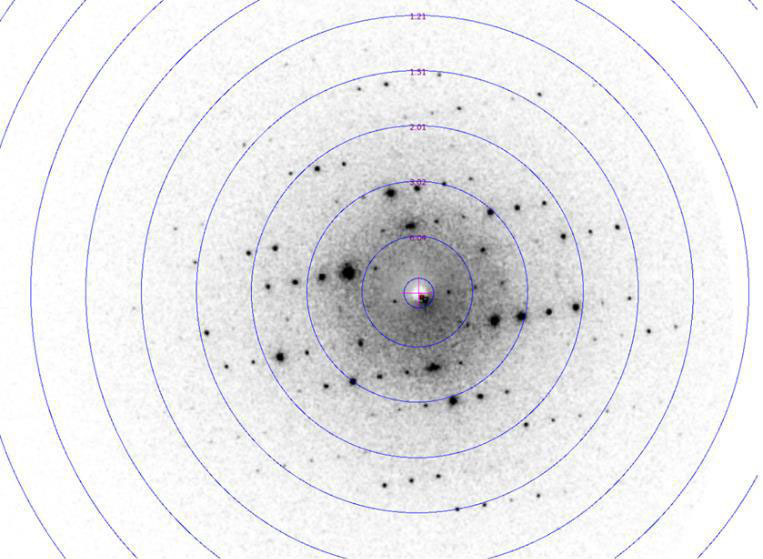The Latest Advances in Crystallography:
Micro crystalline Electron Diffraction (MicroED) can extract structural information from crystals that are
orders of magnitude smaller than the size required for X-ray diffraction. This technique is designed to
overcome single crystal growth challenges or the inability to grow crystals of suitable diffraction size.
X-ray (PXRD, XRD, SCXRD) and micro crystal electron diffraction (MicroED) are nondestructive techniques that
provide detailed information about the crystallographic structure, chemical composition, and physical
properties of materials. XRD relies on the dual wave/particle nature of X-rays to obtain information about
the structure of crystalline and non-crystalline materials. A primary use of the technique is the
identification and characterization of compounds based on their diffraction pattern. MicroED was developed
as a hybrid method that exploits the advantages of both electron microscopy and crystallography. The
crystals required for MicroED can often be one-billionth the size of those needed for X-ray diffraction.
Skip the months-long crystal-growing grind!

Micro crystal Electron Diffraction Analysis (MicroED)-
Routinely solve high-resolution crystal structures without the need to grow large single crystals..
| Application AND Technique Description | ||
|---|---|---|
|
Micro crystalline Electron Diffraction (MicroED) can extract structural information from crystals
that are orders of magnitude smaller than the size required for X-ray diffraction. This technique
is designed to overcome single crystal growth challenges or the inability to grow crystals of
suitable diffraction size. MicroED has the ability to diffract and extract high-resolution
structural information from samples that resist forming large crystals while using significantly
less material. Micro ED can utilize crystallite sizes in the range of 10-1000nm (for comparison
Single Crystal XRD requires 1-100um). With minimal sample preparation and reduced radiation
damage, Triclinic's MicroED approach is not only efficient but also gentle on your samples.
|
||
| Lab Instrumentation | Model | Notes: |
| ELDICO | ED-1 |
Ideal for: Structure determination and absolute configuration.
• Routinely solve high-resolution crystal structures without the need to grow large single crystals.
|

| Whitepaper |
| Q4 2024 |
| Microcrystal Electron Diffraction Study of Multicomponent Salt and Cocrystal Forms of 3-Nitrobenzoic Acid and Pyrimethanil |
| Stephan X.M. Boerrigter and G. Patrick Stahly, Triclinic Labs, Lafayette IN, USA, Matthias Zeller, Purdue University, West Lafayette, IN, USA, Christian Jandl, Eldico Scientific AG, Allschwil, Switzerland. |
| Abstract |
| Three single-phase crystals containing 3-nitrobenzoic acid (NBA) and pyrimethanil (PYR) in a 1:1 stoichiometry were found, and their structures were determined. This system (NBA•PYR), whose components have a ΔpKa <1, can crystallize in one salt and two cocrystal forms. Structures were determined using both single-crystal X-ray diffraction (XRD) and microcrystal electron diffraction (microED). Both methods produced essentially equivalent crystallographic results that independently allow the solid form assignment of either salt or cocrystal. A remarkable result from the microED analysis was the complete crystal structure solution of a new polymorph of the cocrystal from a single impurity particle. |
| To download a copy of this Whitepaper - click here. |
